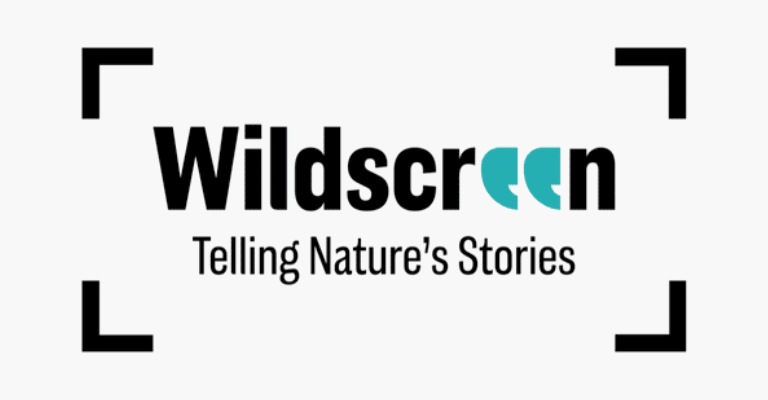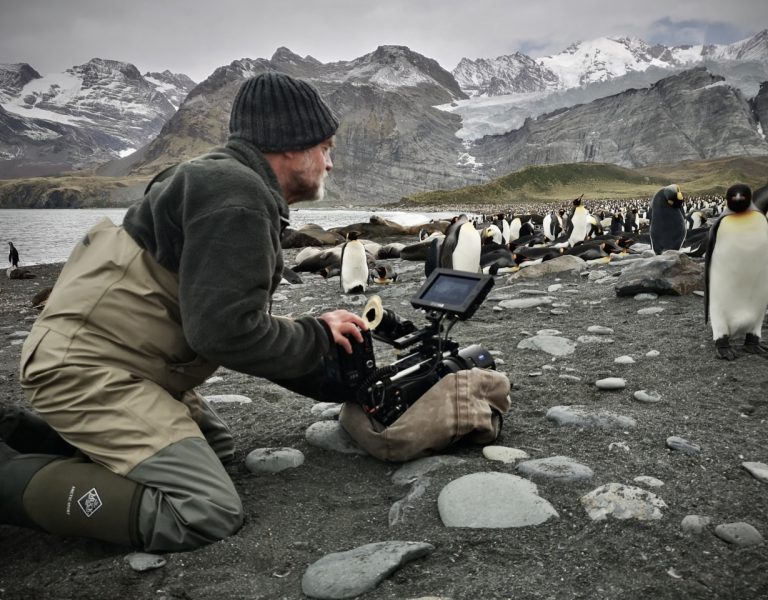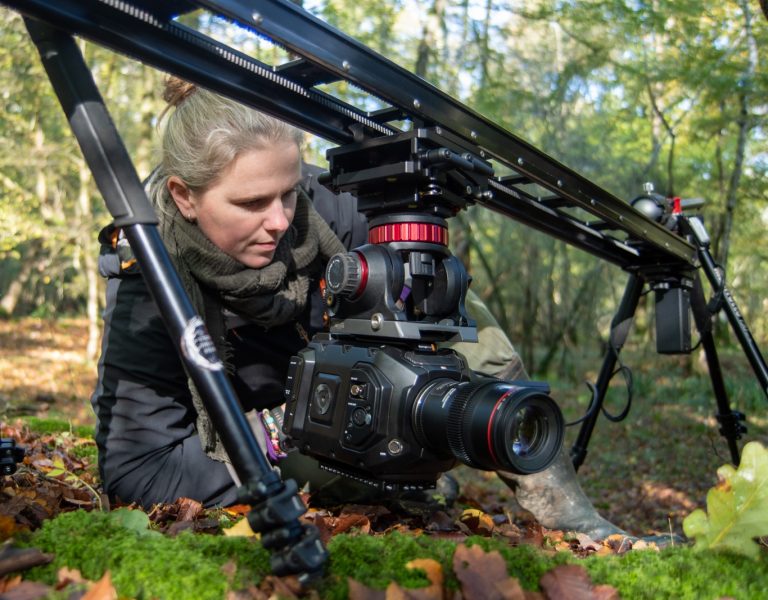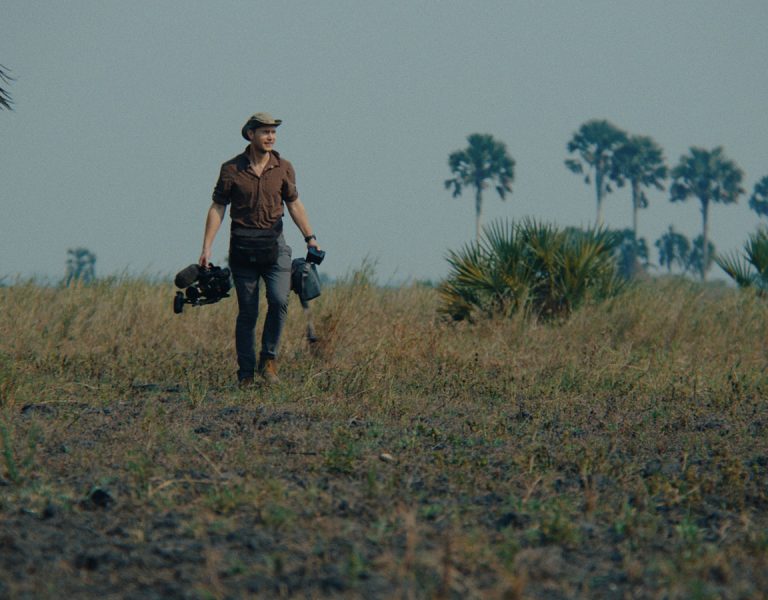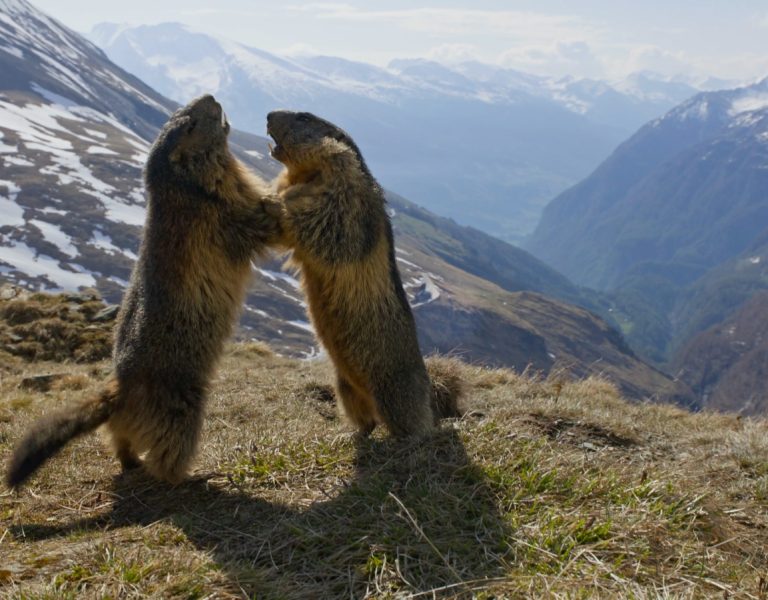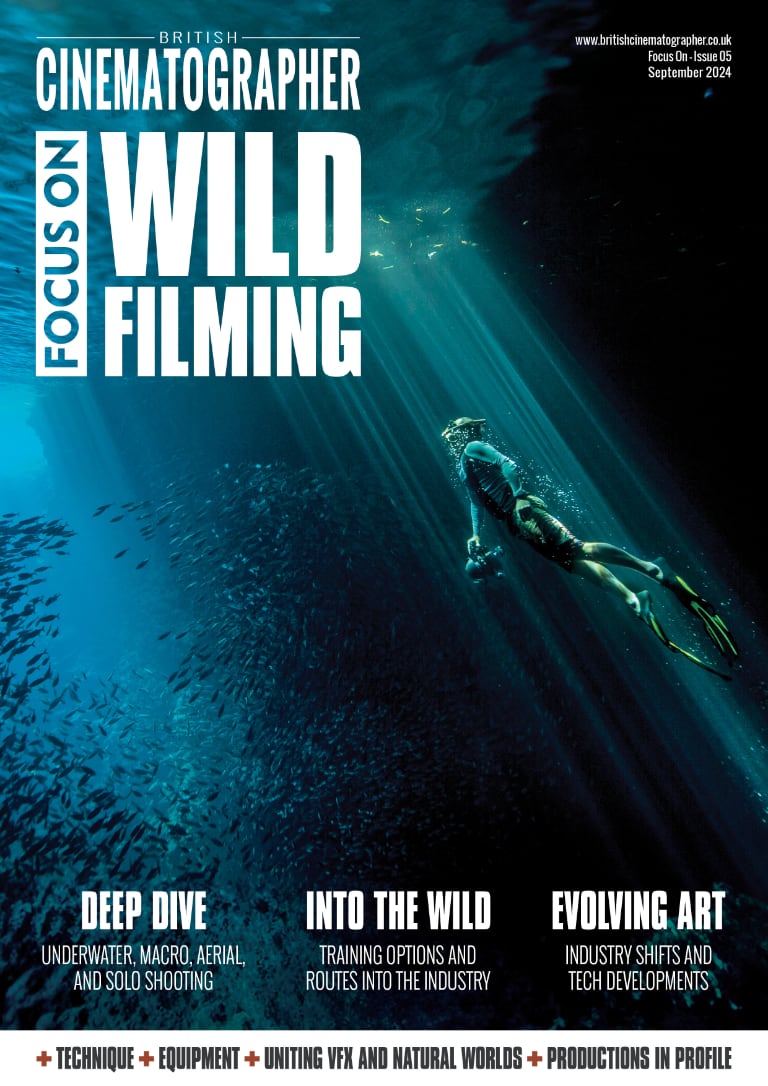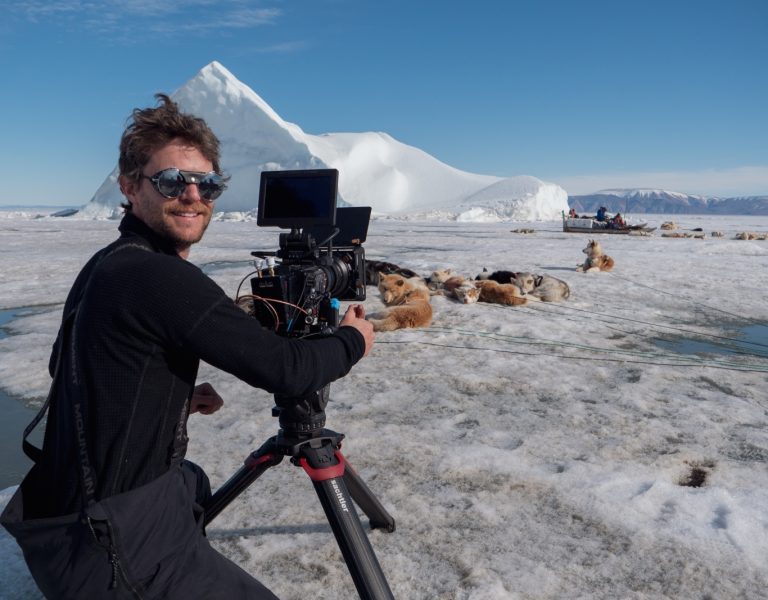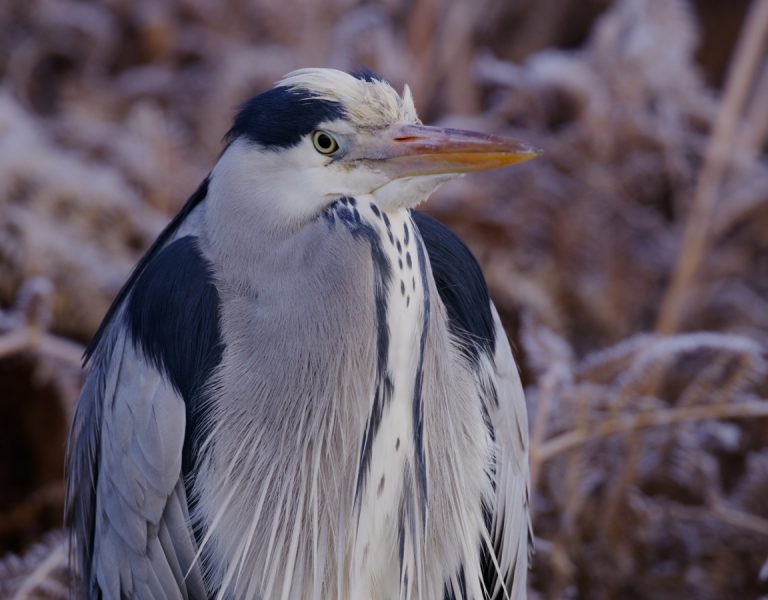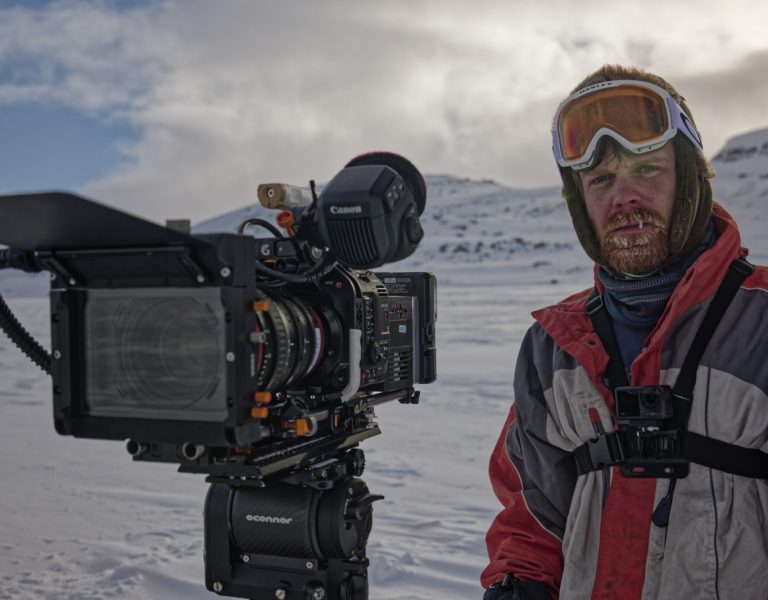CLIMBING THE LADDER
It’s no secret that wildlife filmmaking is a competitive field, but new talent is welcomed, whether you choose the film school route or an alternative path into the industry.
Finding work in almost any part of the film industry has never been easy, and a discipline as specific as natural history narrows the options even more. Speak to a few incumbents, and it becomes clear that there are as many ways in as there are jobs – but also that early 2024 might not the be easiest time to knock on the door.
Duncan Parker’s credits include camerawork on Planet Earth II, Hostile Planet and Night on Earth, and he traces his interest to childhood. “I was influenced when I was a kid by a wildlife photographer called Miles Baddeley who taught me the way to approach animals – where your shadow is, the wind direction, monitoring your movements so you can build up trust so you can get closer and closer. After lots and lots of emails and trying to work out who to speak to, someone gave me Doug Allan’s number and I managed to get a cup of tea and a chat.”
Here, Parker used an approach that’s often mentioned: he got behind the camera at any level he could. “I got a runner job, then I made some films myself. I made two films, quite simple ones, and showcased that I was interested in natural history. I went to Wildscreen film festival and volunteered. I had a few ideas and some cups of teas and meetings, then there was a runner job at the Natural History Unit in Bristol.”
The value of Camellia sinensis as a social lubricant in the British camera scene is, clearly, not to be underestimated. Still, Parker has taken care to offer similar opportunities to new entrants when he can. “I had a mentee, a very passionate guy I found through other channels, and he managed to apply for a scholarship to go to the [MA in Wildlife Filmmaking at UWE, Bristol]. It’s great that people are getting that opportunity to get that from all walks of life rather than just people with money.”
Something that’s great news for people in biologically exciting parts of the world (though perhaps less encouraging to UK residents) is the increasing inclination of production companies to hire locally. “Instead of flying someone to Peru,” Parker says, “they’re finding someone who’s really enthusiastic and talented in Peru, who’s made a few films. I think it’s a really good, forward-thinking way – it’s saving the climate from flying people around but also finding people who have the expertise on that animal.”
Despite it all, though, Parker recalls common threads in the background of his colleagues, estimating that a large proportion of natural history camera professionals have qualifications in relevant areas. “Maybe 70 percent of natural history camera people have done a degree in animal behaviour or zoology. They’ve had a background in photography but haven’t gone to film school, and they’ve built up their level on shoots to learn that craft – but it’s very hard to get that.”
With that in mind, Parker sums up simply: “My advice would be to go and make something, and go to Wildscreen or somewhere you can meet people. Go out there, make a film, however small. Make a film about the wildlife in your back yard, put it out there on channels and go and promote it yourself. Then you have something to showcase. Then you’ve taken the initiative to go out there and make a film, and you can then approach people with that film – a documentary film academy, in-person workshops, a talk where you can speak to someone afterward.”
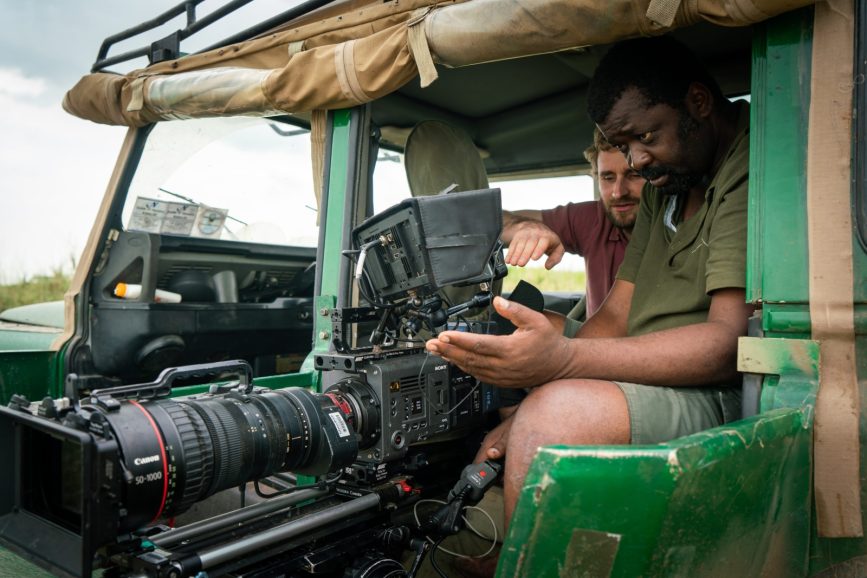
Filming on your doorstep
Sophie Darlington entered the industry through seven-year de-facto apprenticeship with Hugo van Lawick in the Serengeti lasting seven years.
“By the time I’d finished I had shot my own film on Super 16, I was working on 35mm and shooting wildlife without any pre-roll or caches. I’m not sure how we did it,” she recalls.
She dropped out of the industry for a while to raise her family. “That’s one of the things I would like to address in the future for our craft,” she notes. “Once you have kids, or you take a break, it’s really, really hard to get back in. On Queens, which is a seven-part series about female leadership, we made a conscious decision to upskill and mentor and give five women, across the series, the gear they would never get to use unless they were out on a blue chip.”
Darlington echoes Parker’s advice regarding the value of a demo reel. “A lot of people are waiting for that trip to Africa or India, an exotic location, to film wildlife – but wherever you are, the tools are accessible. Yes, you can’t get your hands on a CN20 or an Alexa, but what you can do is film stuff and edit it and learn how to speak your own voice about natural history. I think a lot of people procrastinate and think ‘I’m not in east Africa filming elephants or I’m not able to go diving in the Great Barrier Reef,’ but actually there’s incredible wildlife on your doorstep.”
The current market, while in a clear downturn, is not something that Darlington finds entirely dissuasive. “I remember someone giving me a shout – I went to see them for coffee, they’d written to every camera person they could, and one of the people they’d spoken to said give up, don’t do it now, it’s an overcrowded market. And yes, it’s slow, but I’d say there’s always room for talent.”
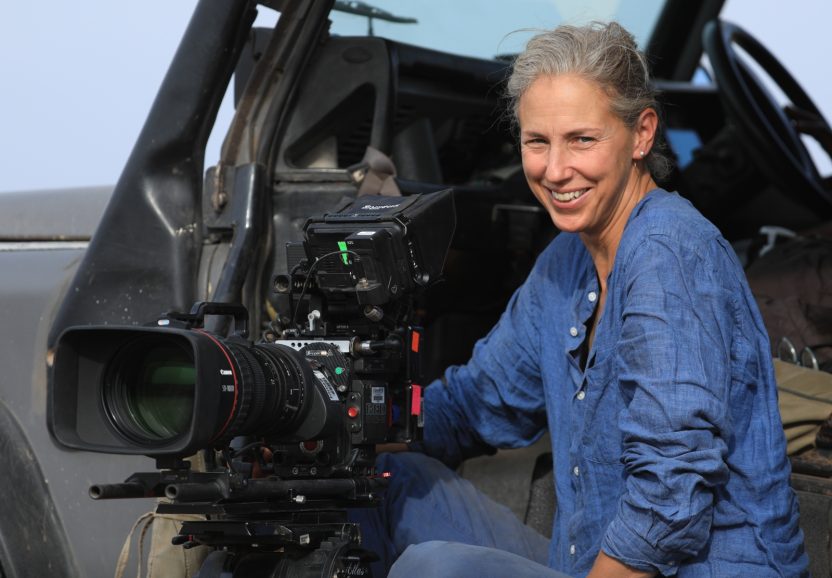
School of thought
An issue frequently mentioned by natural history filmmakers is that education has changed since current incumbents trained. Cinematographer Justine Evans highlights how anyone with an interest in the field has options. She reflects that “there are courses available which are targeting that area. They’re all MAs, postgrads, and they are very specifically linked to natural history filmmaking. The industry realised they had to train people somehow.” Otherwise, training might have been limited. “There’s the odd bursary scheme – the BBC Natural History Unit has a bursary, some of the big independent production companies in Bristol have bursaries, but that’s one position. It’s not a way of getting any number of people into the industry.”
The National Film and Television School now offers an MA in science and natural history work and Evans mentors a student each year through the graduation film process. With the industry so heavily focussed on Bristol, the University of the West of England is perhaps a natural choice, offering an MA in wildlife filmmaking. With a proportion of UK media now based in Manchester, the University of Salford is another worthwhile option, and offers an MA in Wildlife Documentary Production.
All this notwithstanding, it’s difficult to discuss natural history documentary at the time of writing without mentioning the malaise which has settled over the industry. It’s something that might provoke anyone to take refuge in a two-year course on the basis that’s potentially enough delay for things to improve, although in the interim, there are still ways to pursue a career that minimise upfront cost, as Evans concludes. “Things like volunteering at Wildscreen is not going to cost you particularly. A lot of volunteers get a huge amount out of it. There’s so many people coming together, and many are from overseas so you wouldn’t see them normally. It’s not going to cost you much and if you’re confident that would be definitely worth doing.”
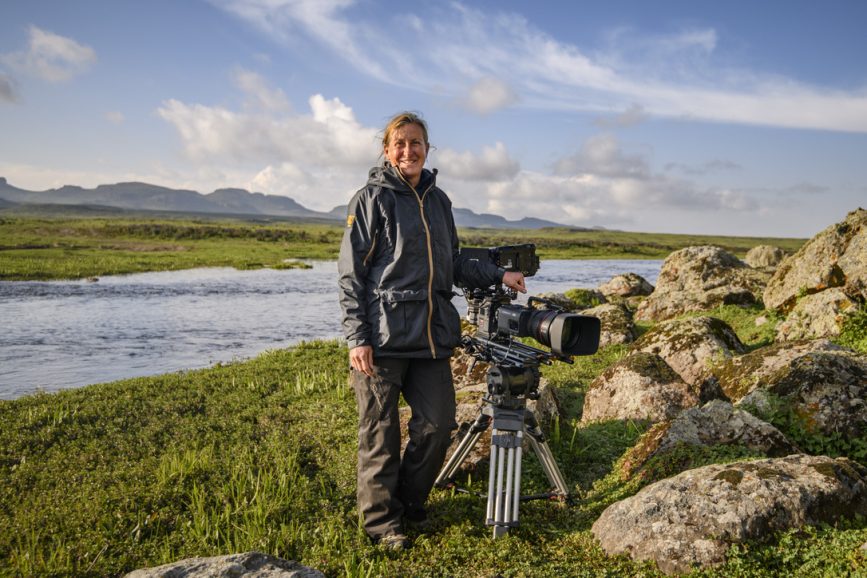
–
Words: Phil Rhodes












